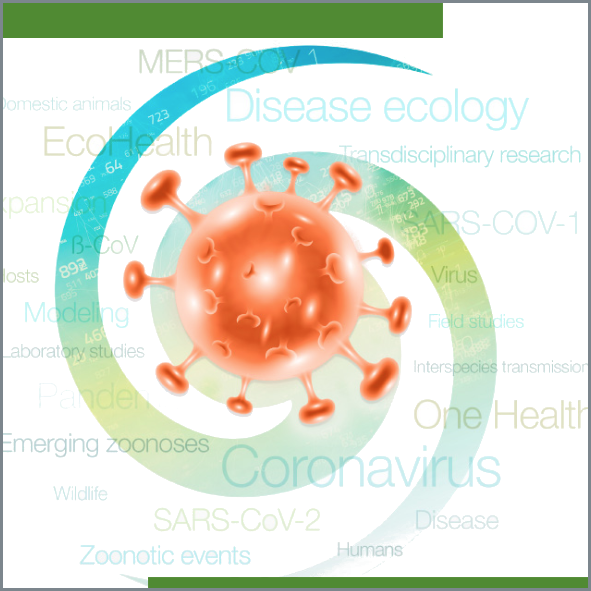Movement and feeding habits of semi-confined domestic pig groups in a rural location endemic to cysticercosis
Contenido principal del artículo
Resumen
Free-range pigs are in the highest risk to acquire cysticercosis in endemic rural locations, although the behavioral and physiological responses to the infection are known to vary widely between pigs. Those animals reared in semi-confinement showed a group behavior that allows us to follow the herd to assess the risks of contact with the parasite. This study is aimed to determine the movement and feeding habits of pig groups raised under semi-confinement conditions, using minimally invasive procedures, applying trajectory analysis to different herds in rural settings. Pig population and subpopulations were characterized, and their movement was evaluated in two seasons of the year, using a global positioning system (GPS). Our results indicate that pig groups are formed based on human ownership and the establishment of family bonds with each other. Each group interacts with other groups in specific sites of the village. Significant differences were found in the time and distance covered by pigs in the dry and rainy seasons (P < 0.05), and the distance travelled by different groups were found to take place in repetitive, well-defined spaces that include moving through sewage, landfills, and open defecation sites. Due to this stability, the trajectories covered by pigs could be useful as indicators of risk factors linked to the exposure of pigs to Taenia solium
Detalles del artículo
License

Veterinaria México OA por Facultad de Medicina Veterinaria y Zootecnia de la Universidad Nacional Autónoma de México se distribuye bajo una Licencia Creative Commons Atribución 4.0 Internacional.
Basada en una obra en http://www.revistas.unam.mx
- Todos los artículos en Veterinaria México OA se publican bajo una licencia de Creative Commons Reconocimiento 4.0 Unported (CC-BY 4.0). Con esta licencia, los autores retienen el derecho de autor, pero permiten a cualquier usuario compartir, copiar, distribuir, transmitir, adaptar y hacer uso comercial de la obra sin necesidad de proporcionar un permiso adicional, siempre y cuando se otorgue el debido reconocimiento al autor o fuente original.
- Al utilizar esta licencia, los artículos en Veterinaria México OA cubren o exceden todos los requisitos fundacionales e institucionales para ser considerados de Acceso Abierto.
- Los autores no pueden utilizar material protegido por derechos de autor en su artículo a menos que ese material esté también disponible bajo una licencia igualmente generosa.



